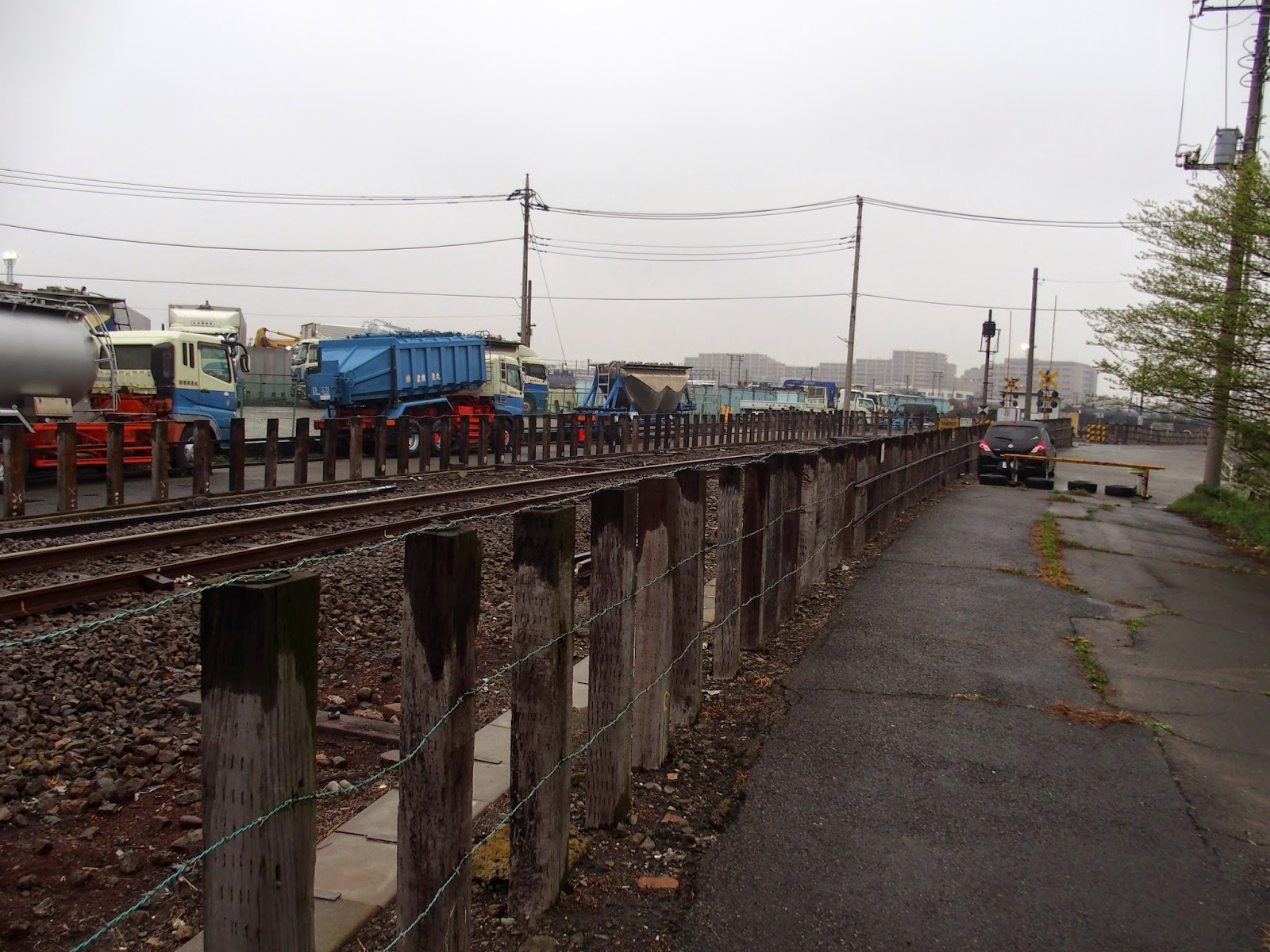Actor Riki Hashimoto discusses his career at Daiei Studios and beyond. Photo by Brett Homenick.
Hashimoto-san was in very good spirits, despite some recent health setbacks. I was told ahead of time that a meeting like this is extremely rare, and that Hashimoto-san was making a special exception for me. Suffice it to say, I was truly honored to have an audience with Daimajin himself.
Early on in our meeting, Hashimoto-san asked the gathered crowd (Kawahara-san and my friends Tanaka-san and Ogawa-san) if they knew which famous international figure was the inspiration for Daimajin's distinguished chin. No one in our group had any idea, but if we're talking about an international figure with a notable chin, I reasoned it must be Kirk Douglas. Hashimoto-san was surprised by my answer and confirmed that Daimajin's chin was indeed based on that of Kirk Douglas! He then proceeded to give me a round of applause, which naturally was pretty incredible.
I got several things signed by Hashimoto-san (including a gift for a friend). Since the meeting was scheduled on short notice, I didn't bring any Daimajin items with me, and we couldn't find any of the DeAgostini Daiamjin releases available at any local bookstore. I did find a copy of Spook Warfare, though, and got the items contained therein signed.
Before leaving, I shook Hashimoto-san's hand and called him a hero. He truly is. I can't thank Kawahara-san and Hashimoto-san enough for making this day possible!




















































